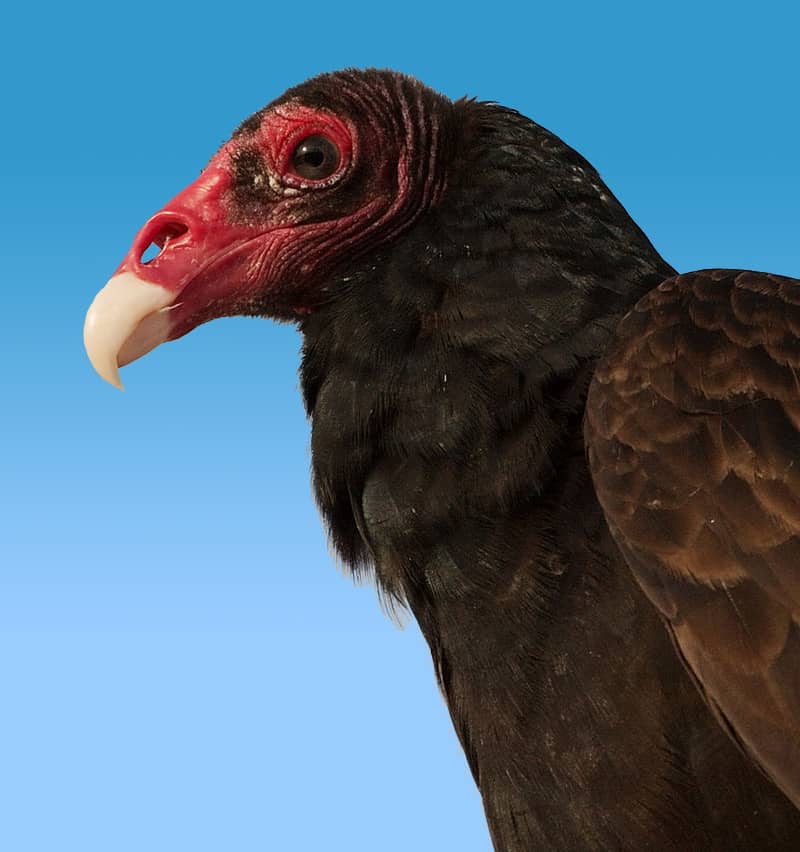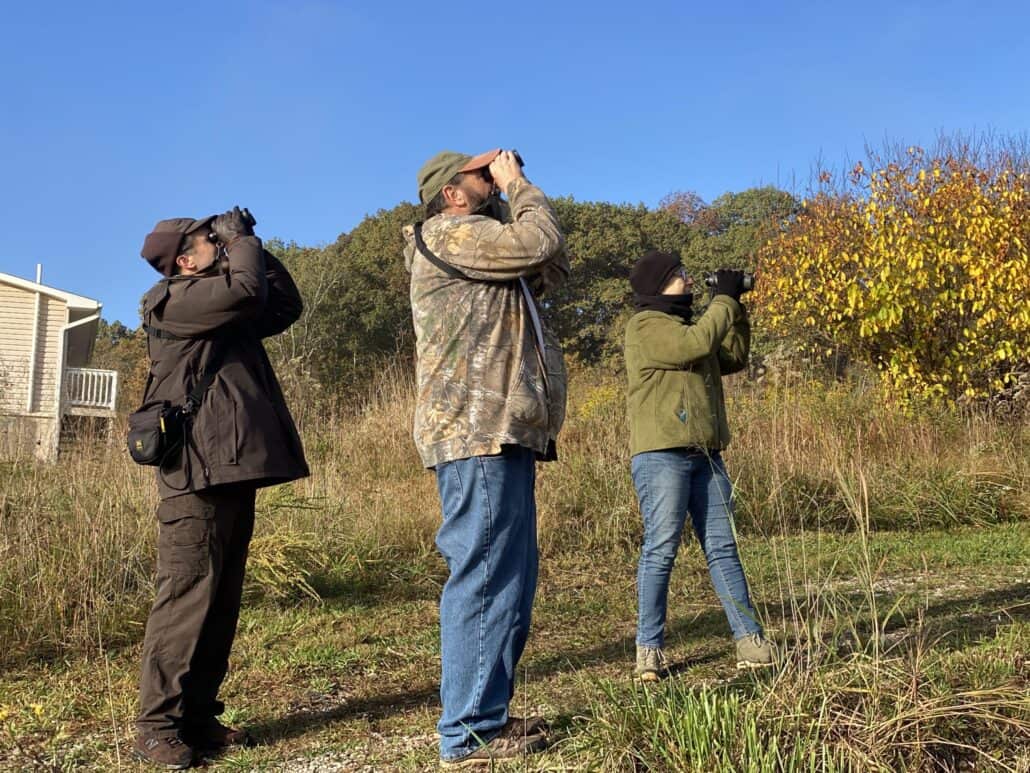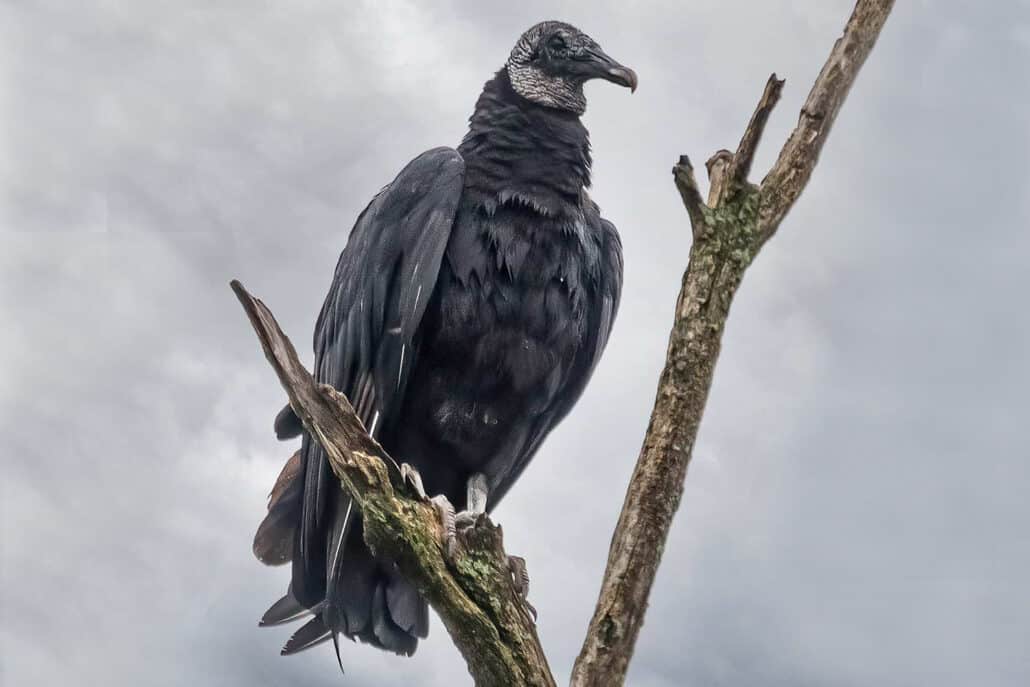
The ancient Greeks learned about birds from close observation. They noticed, for example, that during summer countless swallows could be seen wheeling over ponds and marshes. But in winter, there were none. Then again, in the following spring, the swallows would reappear. They concluded that, when winter weather was imminent, the swallows buried themselves in the mud at the edge of a pond and hibernated until spring.
That was one possible explanation for the behavior they witnessed. But it wasn’t the correct explanation. This illustrates the weakness of any belief not based on solid, verifiable facts. Folklore is sometimes right, but often it isn’t.
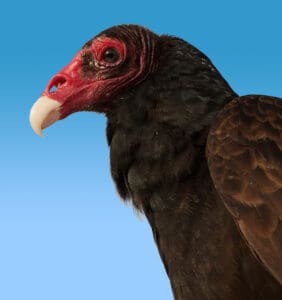
Gradually, over many centuries, the need for accurate, scientific explanations of bird behavior became more desired. Fact over folklore. The eighteenth and nineteenth centuries, the Age of Enlightenment, may have been the height of the scientific approach, particularly in the field of natural history. Myths were being replaced with explanations based on scientific experiments. Even John James Audubon, the noted painter and naturalist, conducted scientific experiments attempting to explain bird behavior. However, in doing so, he raised a big controversy that lasted for another century—and ultimately showed that the scientific approach was sometimes as wrong as Greek folklore.
Audubon’s effort focused on turkey vultures, common scavengers that feed on carrion. At the time no one knew with certainty how turkey vultures found their food. There were two schools of thought. The first school, call them the Seers, were certain that the vultures found their food by sight. After all, they argued, birds are known to have excellent eyesight. And for a bird slowing soaring over a field, only one hundred feet high, it is hard to miss a dead cow just lying there.
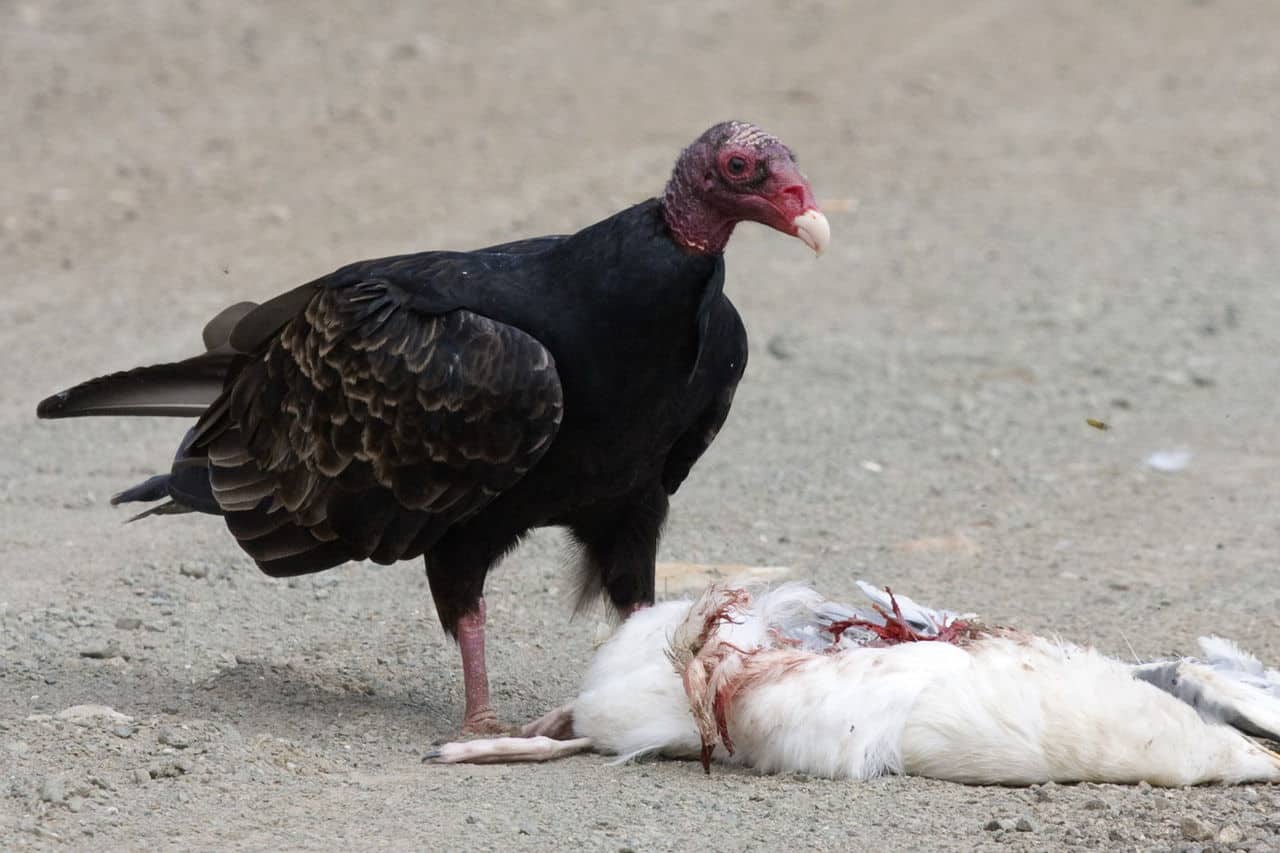
The alternate theory, the Smellers, insisted that vultures find their food by smell. Everyone knows that dead animals not only stink but they reek as they decompose. You can smell a rotting corpse from a mile away. That is what vultures do.
Admittedly, this is not a significant scientific issue. Who really cares how vultures find food? But in the emerging age of science, naturalists felt every statement should be supported by experimentation and facts.
Audubon was a Seer. He was certain that birds do not have a good sense of smell. So, he devised a simple experiment that would prove that turkey vultures relied only on their keen eyesight, not on any sense of smell. He dragged a dead hog out into a field. Then he covered the hog carcass with grasses and reeds so that it would be hidden from a vulture flying overhead. Yet he left openings so that any smells could escape. The carcass was already beginning to smell. If vultures do rely on smell, even though they couldn’t see the carcass, they should detect the odor, drop down to explore, and find the carcass hidden under the grasses. He waited. No vultures showed up. He waited another day. No vultures. One more day. As a control for his experiment, he killed a rabbit and placed the fresh carcass in an open field within sight of the hog carcass. The rabbit carcass had not yet started to decay. Yet turkey vultures found the rabbit within hours. But they never touched the hog. Audubon repeated this experiment several times using carcasses from various animals with the same results.
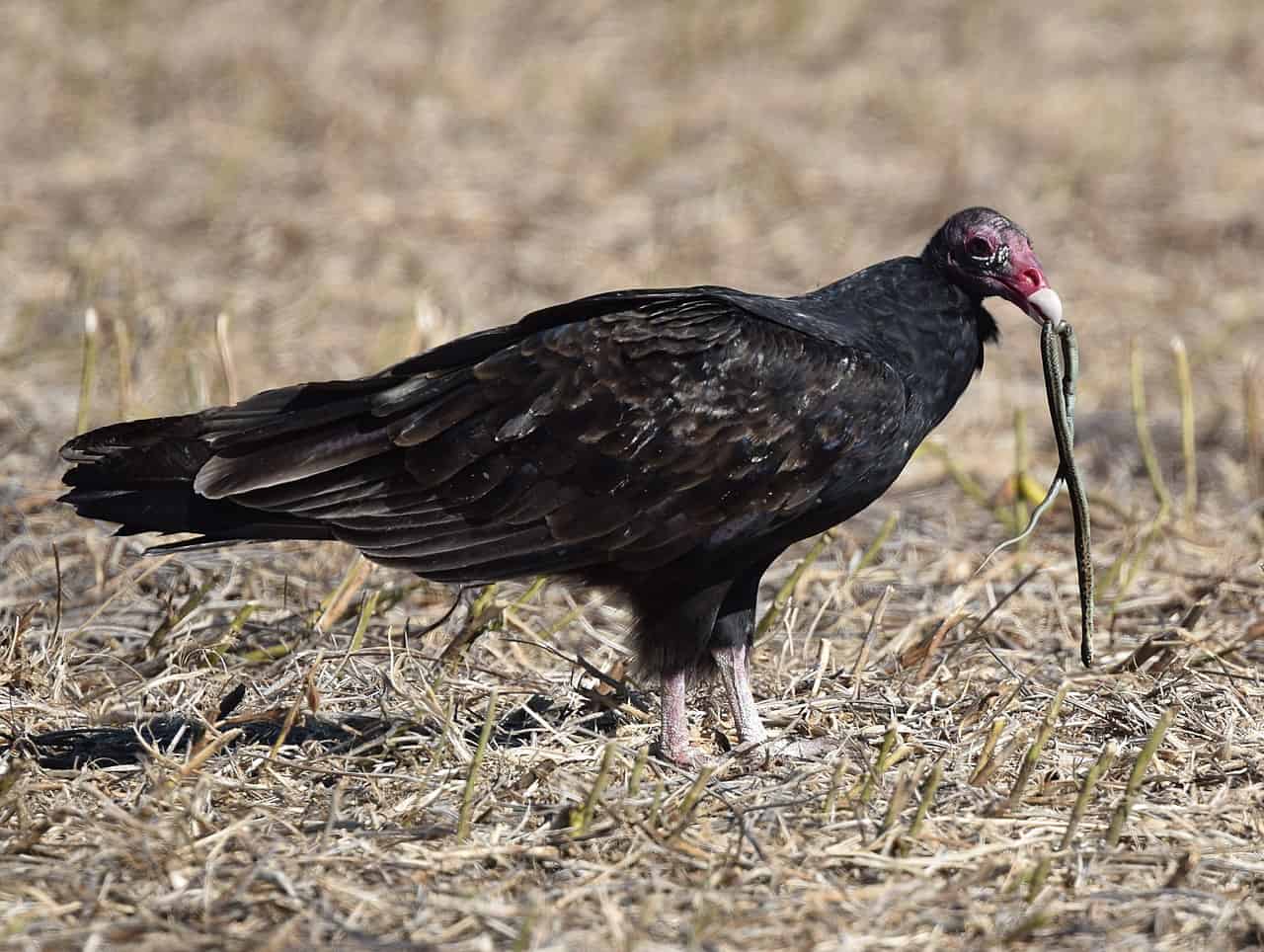
His conclusion was obvious: Turkey vultures do not find food by smell; they rely on superior eyesight.
He prepared a formal paper with the long title of “An Account of the Habits of the Turkey Buzzard (Vulture) particularly with the view of exploding the opinion generally entertained of its extraordinary power of smelling.” In December 1826, Audubon presented this paper to the Edinburgh Natural History Society in Scotland. The reaction of the ornithological world was mixed. Some thought he was dead wrong and took strong anti-sight positions. Charles Waterton went so far as to write that Audubon “ought to be whipped.” But for most naturalists it was hard to find fault with Audubon’s methodology, and they grudgingly accepted his conclusion.
Some naturalists repeated his experiment, achieving the same results. One such experimenter was the Rev. John Bachman of Charleston, North Carolina, a friend of Audubon but also a respected naturalist. He went so far as to invite some of the town’s top citizens to witness the experiment.
In addition, he devised his own unusual experiment to demonstrate that vultures find food by sight, not by smell. Bachman arranged for a local artist to produce a full-size painting on canvas of a dead sheep, with hints of wounds and entrails to lure and entice vultures. Then he placed the painting on the ground, faceup, in a meadow and waited. Soon a group of vultures descended and “commenced tugging at the painting,” which he reported “proved very amusing.”

There was no rotting smell associated with that experiment, only the painting. Yet, the vultures found it quickly using only eyesight. As a result of this and other experiments, the supremacy of eyesight, not smell, became generally accepted, not just for vultures, but for most birds. But not totally.
More than a century later (1960), the journal Nature published a paper on “Anatomical evidence for olfactory function in some species of birds.” This, in turn, prompted Kenneth Stager, an ornithologist at the Los Angeles County Natural History Museum, to redo Audubon’s experiments. This time the results were totally different. Stager’s experiment demonstrated that vultures do, in fact, utilize smell to locate food. Why did he get different results than Audubon?
It turns out that, while vultures are scavengers, they don’t eat just anything. Audubon assumed that vultures would prefer a putrefying, smelly carcass to a more recently deceased, less smelly one. They don’t. They do have some taste. Ideally, they prefer a carcass that has been dead for less than four days and ignore older ones.
In a chance conversation with gas pipeline engineers from the Union Oil Company, Stager was told, “Of course turkey vultures can smell. We’ve known that for years.” The company adds a chemical called ethyl mercaptan to its natural gas, which produces a rotten-egg odor. You probably have smelled it yourself. It turns out that it is the same odor emitted by a decomposing carcass. The pipeline engineers noticed that when they see a group of vultures show up at the same spot in a pipeline, it means there is a leak in the pipe. The vultures could smell it. There was nothing to see, but they could smell it.
Audubon’s so-called scientific approach was flawed by faulty assumptions. He reached the wrong conclusion, just as the Greeks did centuries earlier when watching swallows. Fortunately, while the so-called experts debated the reasons behind bird behavior, the turkey vultures knew all along what they were doing. So, they have continued for centuries helping rid the environment of decaying carcasses. No science involved. They just act naturally, doing what vultures do.

